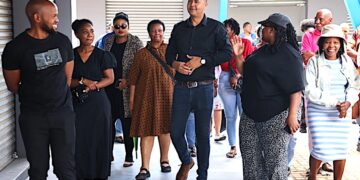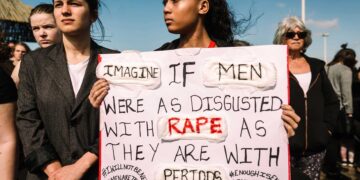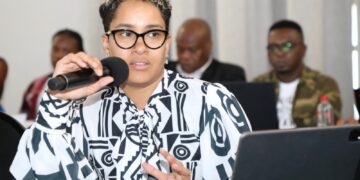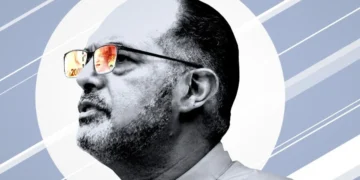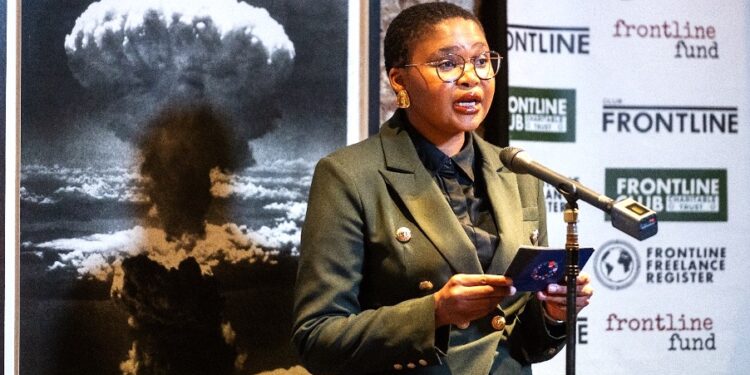A growing number of Black African women journalists are leaving South African newsrooms. Here’s what’s driving them out – and why their absence matters for the future of local journalism.
By Loxion News Staff Writer
A growing number of Black African women journalists are leaving South African newsrooms. Here’s what’s driving them out — and why their absence matters for the future of local journalism.
Black Women Journalists Speak Out: “See Us.”
When Bongekile Macupe, Deputy Politics Editor at News24, stood before the audience at the Frontline Club in London to present her Reuters Institute fellowship project, her message was simple yet powerful:
“Black African women are not being done a favour by working in newsrooms. We deserve to be there. See us.”
Her research — based on interviews with 10 Black African women journalists — exposes the deep-rooted inequalities and invisible barriers still shaping South African media.
Why the Focus on Black African Women?
In South Africa, race and identity carry layers of meaning shaped by apartheid’s legacy. Macupe’s research deliberately focuses on Black African women — those who would have been classified as such under apartheid — because they continue to experience unique structural discrimination even within democratic-era media.
While women from other racial groups have made progress in the newsroom, Black African women remain severely underrepresented in top editorial roles and are often the first to leave.
Missing Voices in Leadership
Although Black African women make up the majority in many reporting and production teams, none currently edit a major national print or digital publication. The last was Nwabisa Makunga, who stepped down as Sowetan editor in 2020.
Makunga recalled how her leadership was constantly questioned — her success undermined by rumours and sexist labels.
“The most hurtful label I got was being called ‘Tshepo’s princess’,” she said, referring to her former employer. “That thing killed me.”
When women like Makunga leave, they are often replaced by men or women from other racial groups, perpetuating a cycle of exclusion.
Inside the Boys’ Club Culture
According to interviews, South African newsrooms remain shaped by a “boys’ club” culture that prioritizes relationships over merit.
A 2018 Glass Ceilings survey found that exclusion operates through “subtle patriarchal culture” — but many women say the discrimination is far from subtle.
Promotions often favour Black male journalists, while women are excluded from key decision-making spaces — including informal after-hours gatherings where opportunities are discussed.
“They don’t let you in,” one journalist said. “You have to fight to go in.”
Unequal Treatment Across Race and Gender
Gender bias is not new, but for Black African women, it’s amplified by racial prejudice.
Several journalists described the double standards between how white and Black women are treated. White women, they said, are more likely to receive empathy and flexibility.
“I can’t cry,” one young reporter shared. “If a white woman cries, people comfort her. If I cry, I’m seen as weak — and I’m out.”
The Burden of Middle Management
Many Black African women are appointed to middle management roles like deputy editors or section heads — but without real authority.
Some described being openly disrespected or ignored by subordinates and peers. Male colleagues bypass them to report to white or male superiors, undermining their positions.
“Black men don’t respect a black woman’s authority,” said one former editor. “You have to assert yourself every day. It’s exhausting.”
When Sisterhood Fails
Not all challenges come from men. Some women revealed that female leaders, including Black African women, sometimes perpetuate the same toxic systems they once fought against – through cliques, favouritism, and competition for limited opportunities. – Reuters-institute

